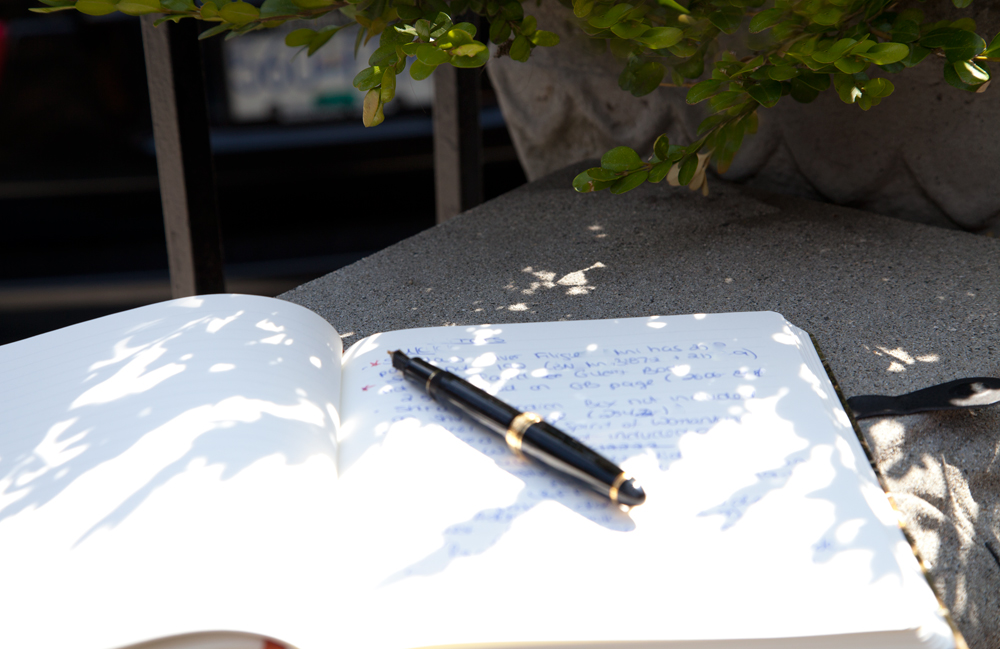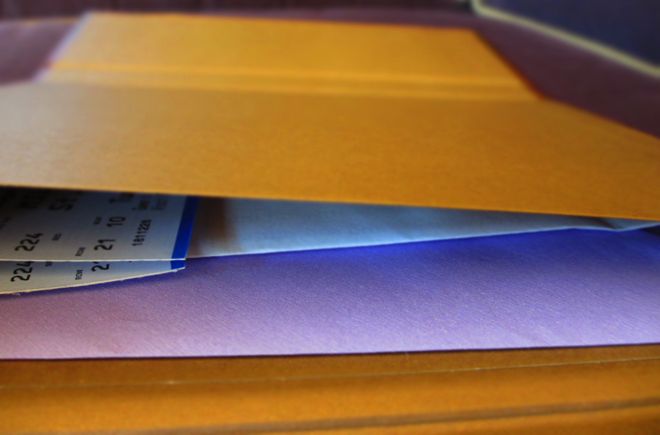September is here, which means “back to school” for many people. But learning is lifelong, and students of all ages and walks of life can benefit from some simple note-taking strategies. Whether you’re writing key takeaways from a lecture or simply a detailed to-do list, here are a few tips to add some efficiency to the process.
Put Down the Laptop
A recent study by researchers at Princeton University and the University of California shows that the use of laptops for taking notes actually impedes learning. So much of typing is auto-pilot, whereas actually writing down the words causes you to subconsciously absorb more of the information. Learn more about this, and related studies, by reading the Epoch Times’ article “Using Laptops for Note-Taking Impedes Learning, Study Shows.”
Learn Some Shorthand
Proper note-taking is a multistep process. When you’re first writing down your ideas or copying down what a speaker is saying, it’s tempting to try and cover every single word. But if you take the time to actually write out every sentence, you’ll fall behind before you get to the first period. Instead, get in the habit of dropping non-essential words and abbreviatinging those that come up a lot. You’ll be surprised how much more information you can write down by shortening some commonly used words, such as turning “with” into “w/” and learning the difference between “e.g.,” (for example) and “i.e.,” (in other words). A handy “N.B.” can also remind you to return to that specific point for further study or elaboration and, especially if you love etymology and the classics, will make you feel even smarter knowing you’re using a Latin phrase (“N.B.” meaning nota bene, or “note well”). If you really want to dive into the shorthand technique, check out our past Writing Wednesday on particulars of the style.
Actually Read Your Notes
Just because writing notes is more effective than typing them, it doesn’t mean you can just jot them down and forget about them. Re-reading what you wrote, or even typing it up later, helps to reiterate the points you covered and forces you to actually think about them, rather than blindly copying down someone else’s words. This is when turning your shorthand into longform sentences can really help to drive home an idea.
Follow Up on Questions
If something didn’t make sense when you wrote it down, it won’t become any more clear when you’re alone with your notes. Whether it’s a complicated theorem covered in a course or a phone number someone gave you, if you’re at all confused it’s important to ask for clarity right away if you have any hopes of using the information later on.
Adapt to What Works
Of course, while there’s little doubt everyone wants to save time, there are many different ways to do so. While using Latin terms may work for some, perhaps mathematical symbols like < , > or ≠ would be more helpful in your own note-taking. It’s important to remain open to new systems and be adaptable to change if something’s not working for you.
About Paperblanks: At Paperblanks, we believe that art should have a place in all aspects of life. That’s why we follow the artist’s way in everything we do – creating, crafting and releasing designs we believe have the power to touch people. For more about Paperblanks, go to our website at paperblanks.com.






